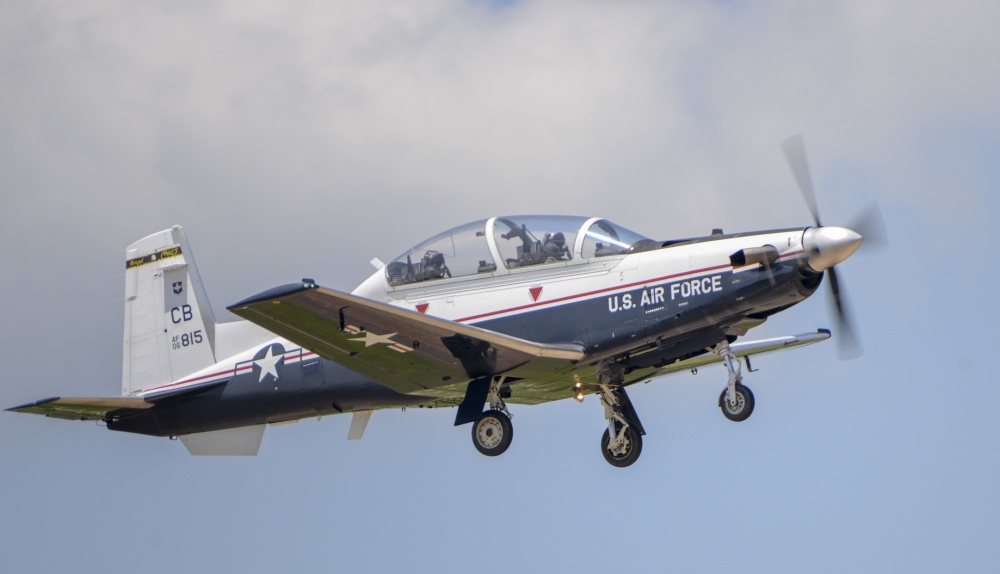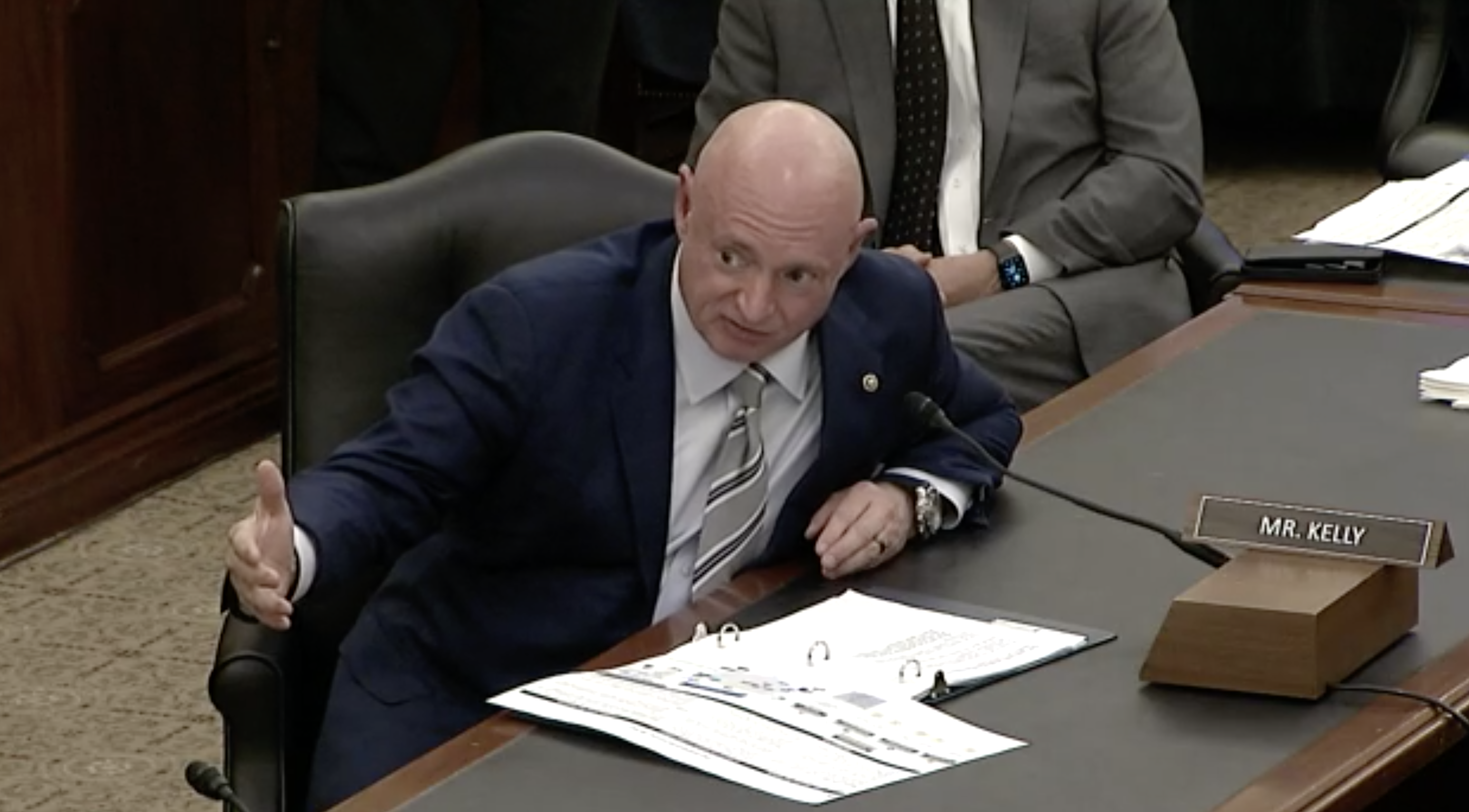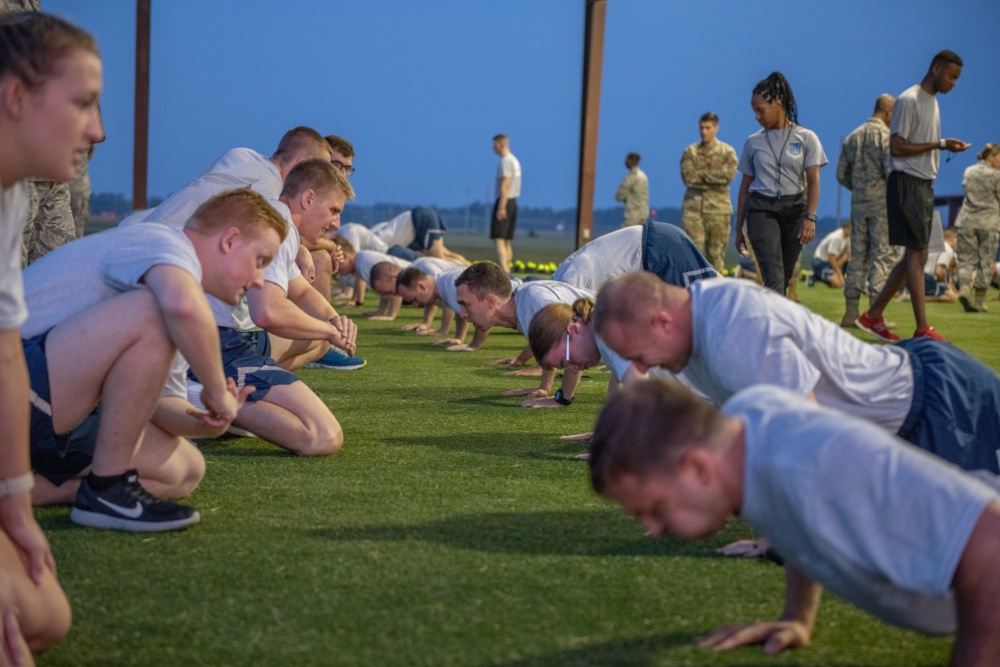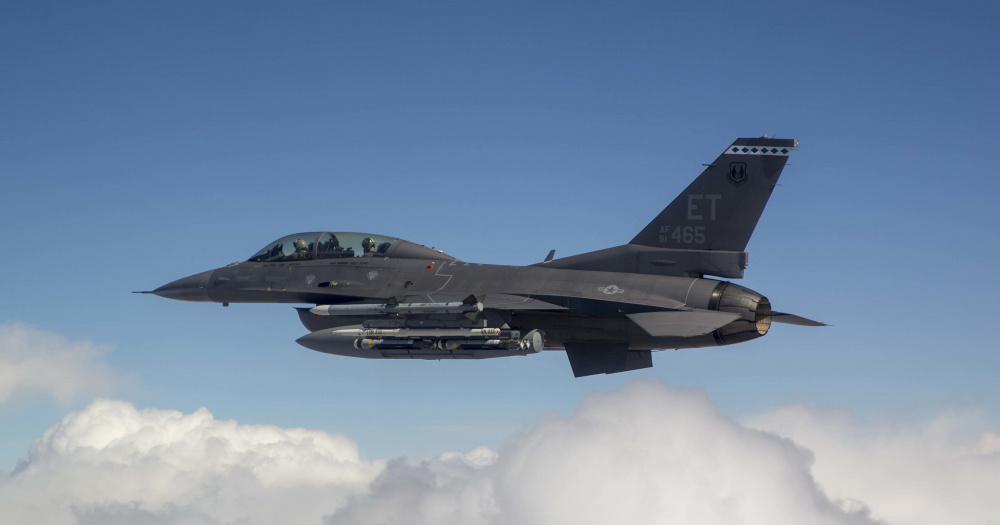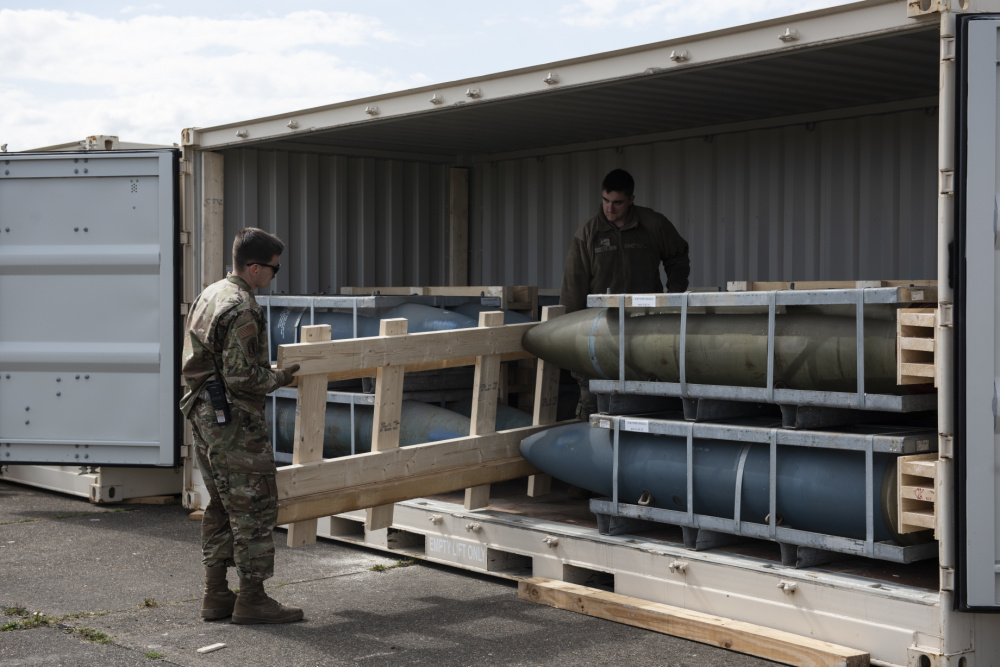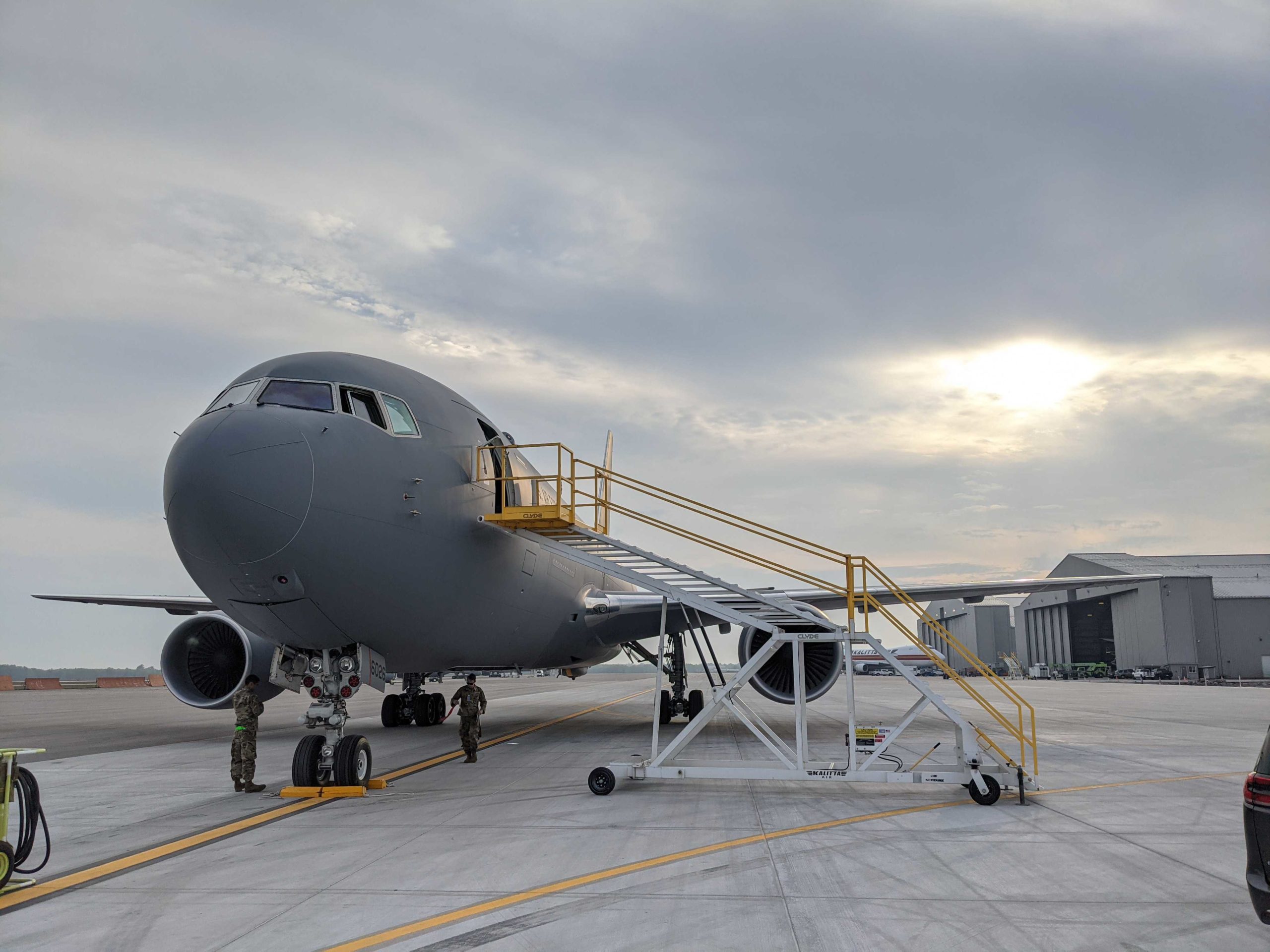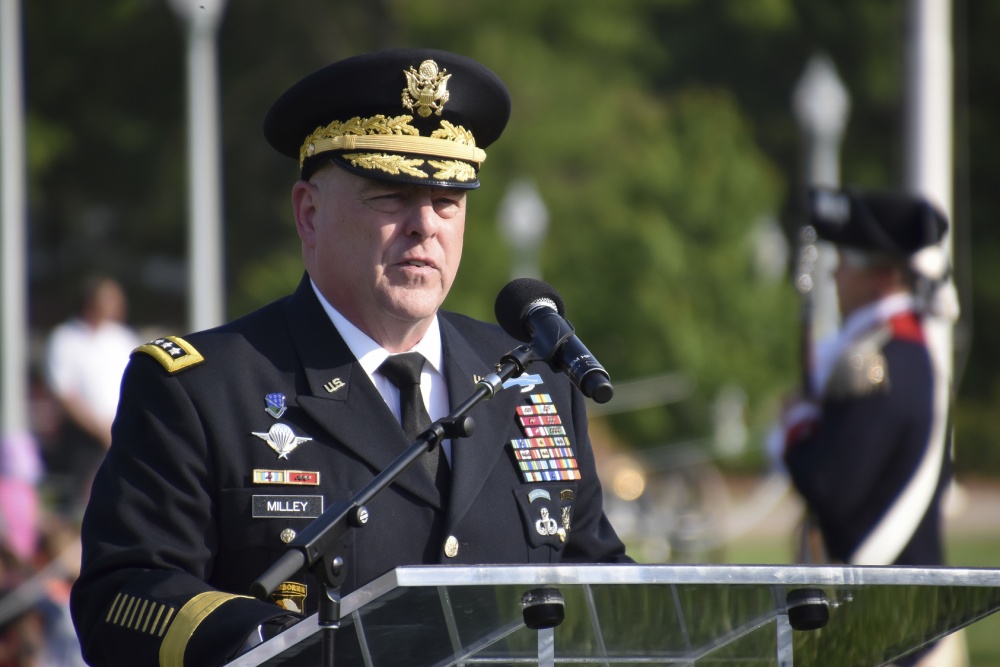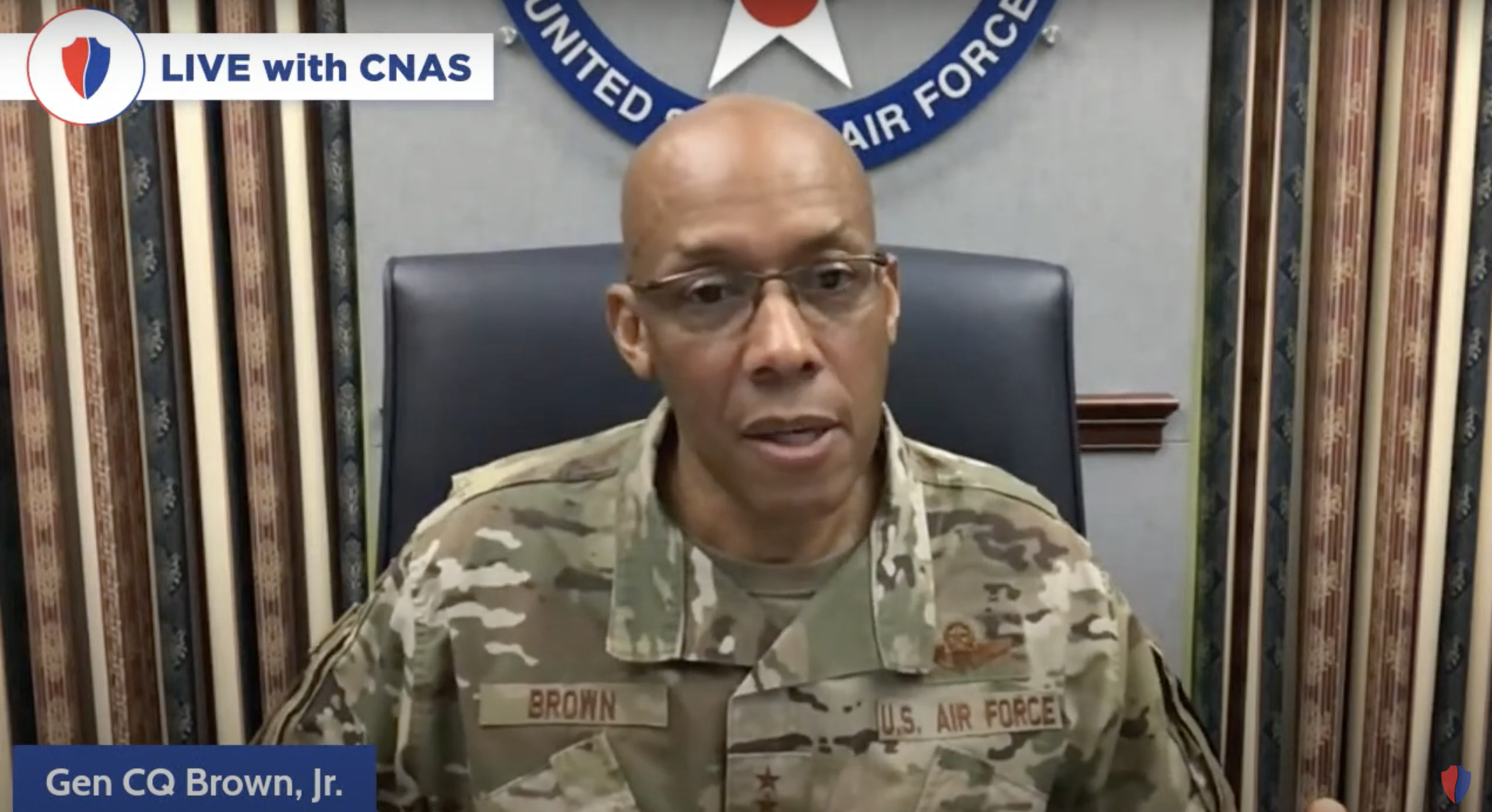Investment in parts and facilities, proactive maintenance, and reorganization helped Air Education and Training Command drive a 17 percent improvement in the overall mission capable rates of its trainer aircraft—substantially better than USAF’s overall performance, according to figures provided by the Air Force and AETC.
Three of AETC’s four main trainer aircraft improved more than most other Air Force aircraft in mission capability rates in fiscal 2020; outscored only by the F-35 strike fighter, the MC rate for which increased 16 percentage points.
Overall, the Air Force saw about a 2.5 percent improvement in its MC rates across all fleets, from 70.27 percent in fiscal 2019 to 72.74 percent in FY ’20. The Air Force provided the MC rate data to Air Force Magazine, and AETC commented on the results through a spokeswoman.
“Mission capable” refers to aircraft available and ready to do at least one of their assigned missions.
AETC scored increases with the T-1A Jayhawk, used for advanced training for pilots on the tanker/transport track; the T-6A Texan II turboprop basic undergraduate trainer; and the T-38C advanced supersonic jet trainer. Only the T-38A saw a mission capable rate decline in AETC’s stable.
Mission Capable Rates for Air Education and Training Command Trainers
| Trainer | 2019 Mission Capable Rate | 2020 Mission Capable Rate |
| T-1A | 60.51 percent | 68.43 percent |
| T-6A | 63.29 percent | 73.57 percent |
| T-38A | 74.48 percent | 71.29 percent |
| T-38C | 63.05 percent | 65.44 percent |
An AETC spokeswoman said the improvements were due to several factors. The command increased investment in sustainment—“the parts, supplies, and maintenance capabilities we needed,” and it restructured “some known problems” by rewriting aircraft maintenance contracts to improve MC rates, she said. There was also “sustained leadership emphasis and a reorganization,” about which AETC didn’t elaborate.
An engine test cell facility was returned to service, which eliminated “long wait times to return out-of-service aircraft” to flying status.
There was also a shift to “removing and replacing items prior to the established mean-time” between failure, so the aircraft avoided predictable breaks.
With the exception of the T-1, the break rates on the four fixed-wing trainers stayed about the same from fiscal 2019 to 2020. The T-1’s break rate improved from 10.54 percent to 8.85 percent. The T-6’s break rates stayed the same, at 5.29 percent, and the T-38A and C saw marginal improvements of less than half a percentage point each, from 6.78 percent and 7.38 percent, respectively in fiscal 2019, to 6.67 percent and 7.12 percent, respectively, in FY ‘20.
The aircraft are neither the youngest nor oldest in USAF’s inventory. The T-1A averages 25.9 years; the T-6 averages 14.9 years; and the T-38A and T-38C average 52.91 and 52.17 years, respectively, although the T-38C has undergone more extensive service life extension and modification to include new wings, intakes, and cockpit upgrades.
Among specific investments, AETC put $34 million into T-6A spare parts in fiscal 2020 and boosted T-38 spares and repairables in Fiscal ’19, the spokeswoman said.
AETC is in the midst of a drastic overhaul of its fixed- and rotary-wing pilot training programs, shifting a greater amount of the syllabus to simulation, with a corresponding decrease in overall flying hours, both per-aircraft and per-pilot. The objective of the overhaul is to turn out better pilots more quickly, according to 19th Air Force commander Maj. Gen. Craig D. Wills. Aircraft utilization rates were not immediately available.
AETC is evaluating whether to phase out the T-1, which is nearing the end of its planned service life, or to continue to use it for specialized accession of commercial pilots into the Air Force. The T-38A and C will be phased out over the next decade as the T-7A Red Hawk supplants it for advanced pilot training. Both the T-38A and C models have received upgrades and service life extension, but both also will need additional improvements to serve until the full complement of T-7As comes online.
